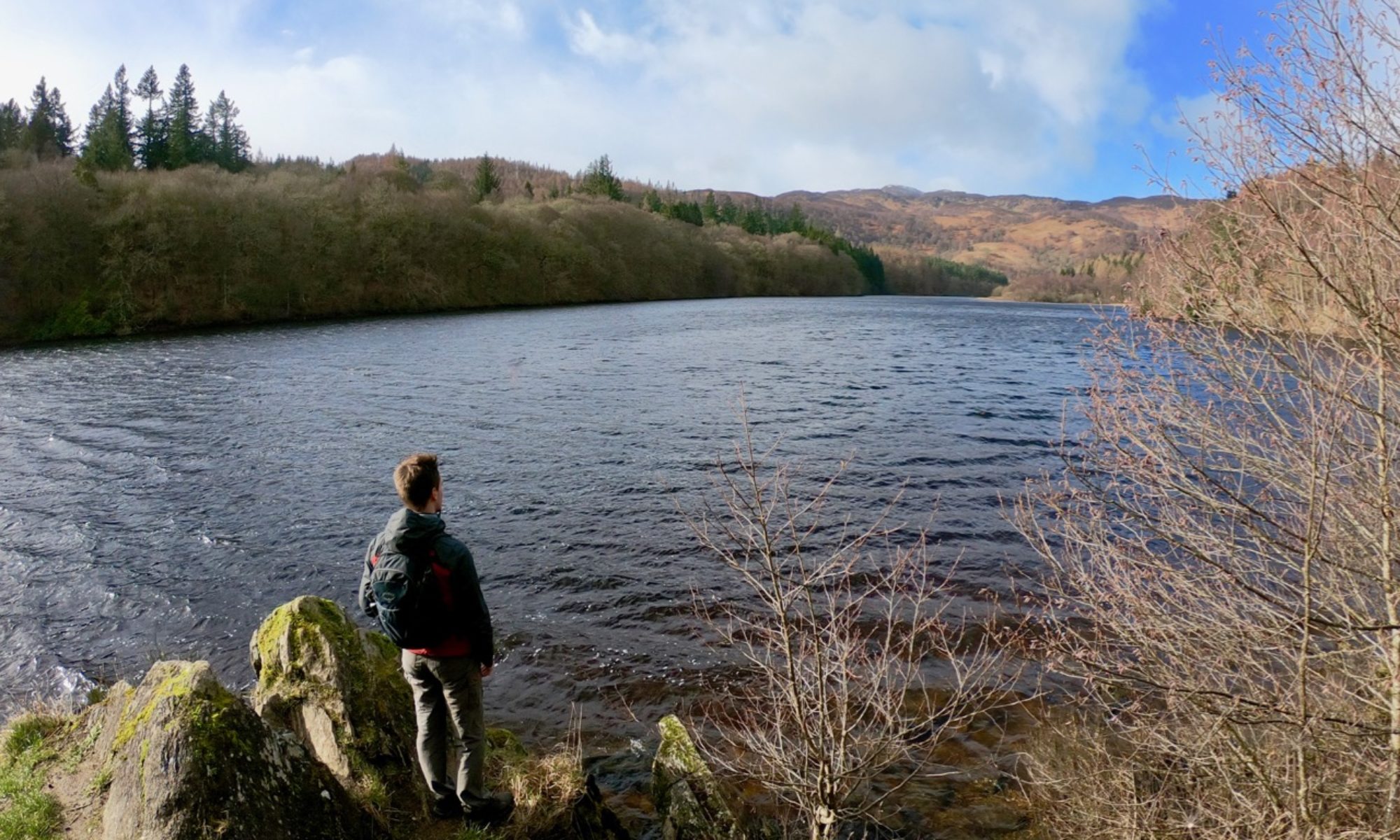A large yew tree stands in the churchyard of the small highland village of Fortingall. How long has it lived, and what are its connections with a famous Biblical Roman?
Thought to be aged anywhere between 3000 and 9000 years old, the Fortingall Yew is one of the oldest trees in Europe, if not the whole world. It’s easy to understand why the early inhabitants of the region called it the Tree of Eternity. To them, the tree’s otherworldly long life was a sign that it was very special.
It was perhaps the significance of this place that drew Christians to the area. There has been a church in the shadow of the great yew since the early 700s AD, although the current building is much newer.
Because they live for such a long time, yew trees have been linked with the idea of immortality — and with death. To the ancient Celts, the yew was a sacred tree that offered a defence against deadly curses, while the Romans believed that they grew in hell near the entrance to the underworld.
The tree’s connection to the Romans doesn’t end there. A local legend links it with Pontius Pilate, the governor of Judaea at the time of Jesus. The story claims that Pilate’s father was a Roman ambassador sent to negotiate with the Pictish leader Metallanus. During his stay he met a local woman and had a son. Young Pilate would spend his childhood playing in the tree’s branches, before joining the Roman Legions and taking his place in history.
Sadly, there seems to be little truth to this tale. The earliest evidence of Roman activity in the area came in the year 86AD, when the Caledonians were defeated at the Battle of Mons Graupius (possibly near Bennachie in Aberdeenshire).
Like their ancestors before them, Christians also connected yews with death and believed that they had special protective powers. Mourners would often bury their loved ones with yew saplings, which led to yews becoming a common feature of many graveyards. Their roots, which run deep into the ground, would keep the contents of the grave safe from grave-robbers.
Although the Fortingall Yew is much older than the cemetery it stands in, the is a grave beneath it. It belongs to Reverend Duncan Macara, who was the minister at Fortingall between 1754 and 1804. This was a time when the area was recovering from the Jacobite uprising.

The tree reached its largest in the Seventeenth Century, when it was thought to be over 56 ft (17m) wide. Unfortunately, it became a popular of tourist attraction: a clipping from the famous yew was considered an excellent souvenir.
As time passed, a tradition emerged which saw funeral processions pass through the midst of the tree, and local children would start fires in the hollow of its trunk. This seriously damaged the yew and put the survival of this eternal tree at risk.
To protect the tree, a stone wall was built around it to prevent people from getting too close. Today it continues to live on, watching the world as it has done for so many thousand years.

To reach the Fortingall Yew, bus 91A from Aberfeldy has a limit service to Fortingall. There is limited parking at Fortingall Parish Church, PH15 2LL. A path leads through the church yard to to the Yew at NN 74178 47027 .

